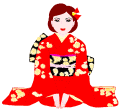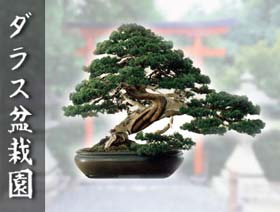|
|
|
.gif) |
|
|
|
|
|
|
|
Sunlight.
It needs a slight winter protection to avoid the
withering of the twigs.
|
|
|
|
|
|
|
|
Everyday
during the vegetative season; water it less
frequently in winter, but keep the soil
uniformly wet.
|
|
|
|
|
|
|
|
Every
two weeks, during the whole vegetative season.
|
|
|
|
|
|
|
|
In
spring, in alternate years, in base mould.
|
|
|
|
|
|
|
|
In
winter it is possible to prune the branches
drastically or to remove them from the base. In
spring new sprouts will grow rapidly in the old
wood. The summer pinching operations consist in
shortening the new shoots while they are growing.
|
|
|
|
|
|
|
By
seeds in spring, by semi-wood cuttings in
summer.
|
|
|
|

Suitable
for Informal Upright, Slanting, Prostrate, Cascade,
Double Trunk styles. Suitable for mean-small sizes.
|
|
|





